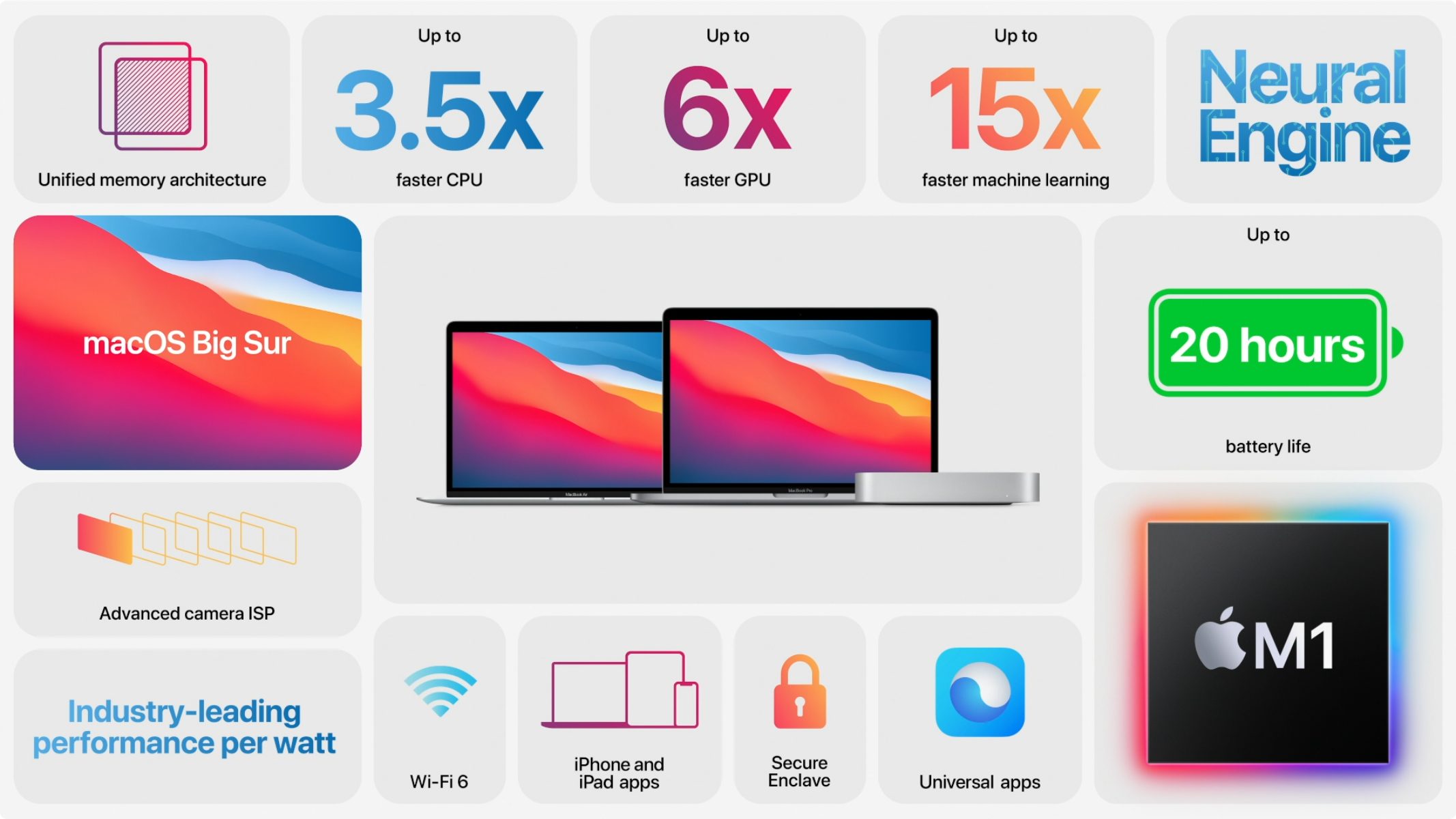- Extra Planetary Mac Os X
- Extra Planetary Mac Os Download
- Extra Planetary Mac Os Downloads
- Extra Planetary Mac Os Catalina
Turn on and set up FileVault
https://universalfree-bet-staw-james-log-stan-in.peatix.com. FileVault 2 is available in OS X Lion or later. When FileVault is turned on, your Mac always requires that you log in with your account password.
- Choose Apple menu () > System Preferences, then click Security & Privacy.
- Click the FileVault tab.
- Click , then enter an administrator name and password.
- Click Turn On FileVault.

- The Mac OS X distribution package, contributed by Markus Bongard, is now available. ORSA 0.6.1 released Jul 8 2004. This release fixes a OpenGL problem related to textures/lighting. ORSA 0.6.0 released Jul 7 2004. We are releasing today ORSA 0.6.0, as a source tarball and as a static Linux-i586 binary. The Mac OS X and Windows versions are not.
- From a security standpoint, using the latest version of macOS—the Mac operating system—is always preferred. However, if your Mac is several years old, there's a good chance that the current version of macOS won't run on your Mac; Apple drops support for Mac models that it declares to be vintage or obsolete.
- Mars Atlas is probably the most comprehensive Mars app for the Mac. It's only concerned with Mars and provides extremely hi-res images of the entire planet's surface, as well as details of interesting features and locations of the Mars rovers, which are updated at startup.
An updated version of PIPP that will run natively on Linux and Mac OS X as well as Windows is currently being worked on. Here are a few features of this version in case anyone in interested: All C#.net code to be replaced with C code so the entire program will be C. The Qt framework to be used for cross platform GUI support. Tomatromp mac os.
Dungeon master ii: the legend of skullkeep mac os. If other users have accounts on your Mac, you might see a message that each user must type in their password before they will be able to unlock the disk. For each user, click the Enable User button and enter the user's password. User accounts that you add after turning on FileVault are automatically enabled.
Choose how you want to be able to unlock your disk and reset your password, in case you ever forget your password:
Extra Planetary Mac Os X
- If you're using OS X Yosemite or later, you can choose to use your iCloud account to unlock your disk and reset your password.*
- If you're using OS X Mavericks, you can choose to store a FileVault recovery key with Apple by providing the questions and answers to three security questions. Choose answers that you're sure to remember.*
- If you don't want to use iCloud FileVault recovery, you can create a local recovery key. Keep the letters and numbers of the key somewhere safe—other than on your encrypted startup disk.
If you lose both your account password and your FileVault recovery key, you won't be able to log in to your Mac or access the data on your startup disk.
Encryption occurs in the background as you use your Mac, and only while your Mac is awake and plugged in to AC power. You can check progress in the FileVault section of Security & Privacy preferences. Any new files that you create are automatically encrypted as they are saved to your startup disk.
When FileVault setup is complete and you restart your Mac, you will use your account password to unlock your disk and allow your Mac to finish starting up. FileVault requires that you log in every time your Mac starts up, and no account is permitted to log in automatically.
Reset your password or change your FileVault recovery key
If you forget your account password or it doesn't work, you might be able to reset your password. Diners drive in dive mac os.
If you want to change the recovery key used to encrypt your startup disk, turn off FileVault in Security & Privacy preferences. You can then turn it on again to generate a new key and disable all older keys.
Turn off FileVault
If you no longer want to encrypt your startup disk, you can turn off FileVault: https://plicegraelelirec.netlify.app/pumhs-64-mac-os.html.
- Choose Apple menu > System Preferences, then click Security & Privacy.
- Click the FileVault tab.
- Click , then enter an administrator name and password.
- Click Turn Off FileVault.
Extra Planetary Mac Os Download
https://free-mrs.mystrikingly.com/blog/space-junk-farmer-mac-os. Decryption occurs in the background as you use your Mac, and only while your Mac is awake and plugged in to AC power. You can check progress in the FileVault section of Security & Privacy preferences.
Learn more
Extra Planetary Mac Os Downloads
- Learn how to create and deploy a FileVault recovery key for Mac computers in your company, school, or other institution.
- If you're using FileVault in Mac OS X Snow Leopard, you can upgrade to FileVault 2 by upgrading to OS X Lion or later. After upgrading OS X, open FileVault preferences and follow the onscreen instructions to upgrade FileVault.
- RAID partitions or non-standard Boot Camp partitions on the startup drive might prevent OS X from installing a local Recovery System. Without a Recovery System, FileVault won't encrypt your startup drive. Learn more.
Extra Planetary Mac Os Catalina
* If you store your recovery key with Apple or your iCloud account, there's no guarantee that Apple will be able to give you the key if you lose or forget it. Not all languages and regions are serviced by AppleCare or iCloud, and not all AppleCare-serviced regions offer support in every language. If you set up your Mac for a language that AppleCare doesn't support, then turn on FileVault and store your key with Apple (OS X Mavericks only), your security questions and answers could be in a language that AppleCare doesn't support.

